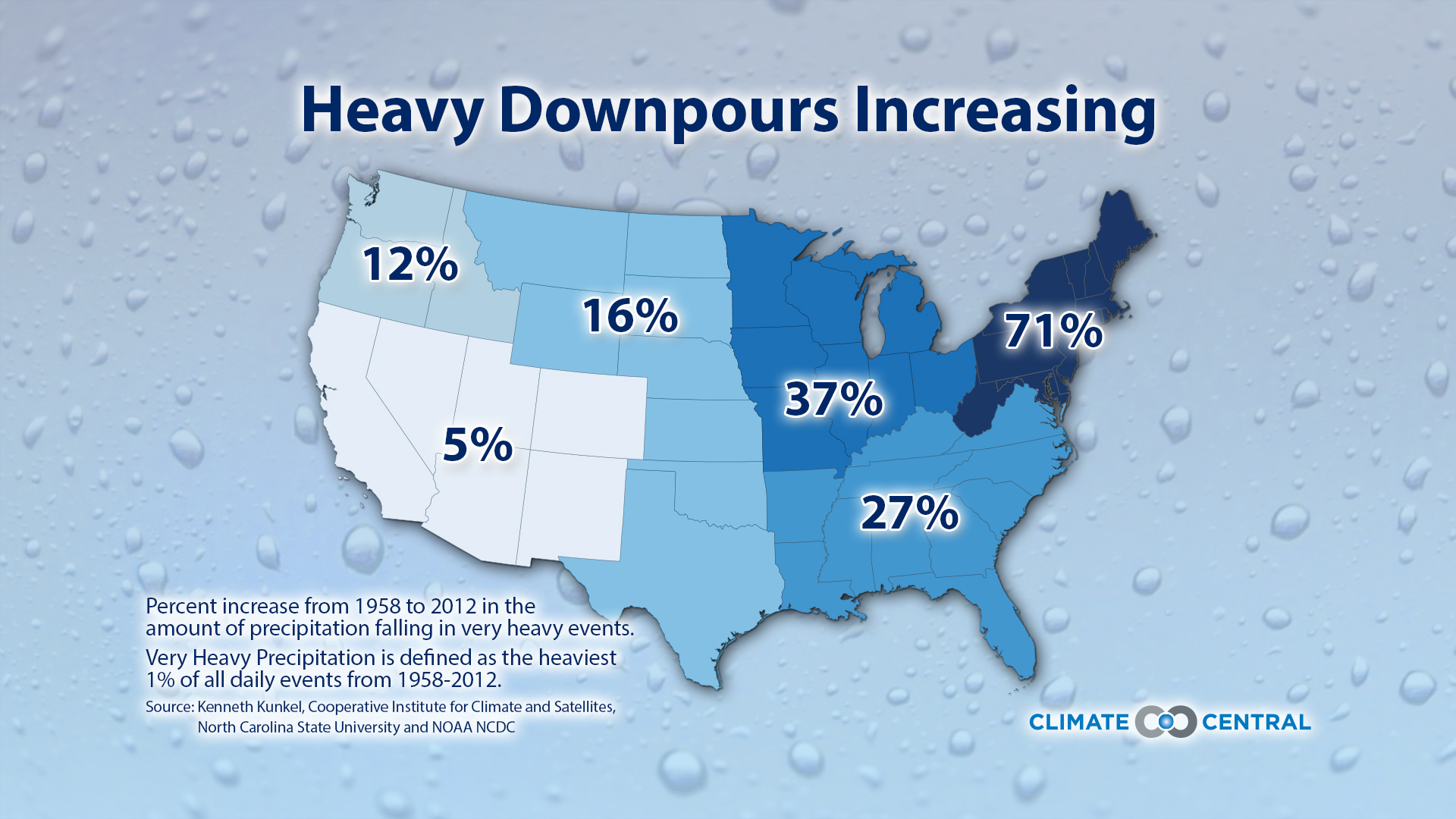Last week’s flooding in France saw rivers reach their highest levels in 50 years, forcing the Louvre to move its art away from rising waters. After the floods caused 18 deaths and nearly one billion Euros in damage, French President Francois Hollande made a statement urging his country to take stronger action against climate change. Now a group of researchers have scientific evidence to back up Hollande’s plea, and have issued a report stating that human-caused climate change played an “important role” in France’s destructive deluge.
AP Photo/Francois Mori
The report was published today by World Weather Attribution (WWA), a group specialising in “attribution analysis”, where scientists look at specific extreme weather events to determine if they can be attributed to climate change.

Map of mean rainfall (in mm) for the three-day period from 29-31 May 2016 over France. b) Map shows one-day maximum precipitation total (in mm) from January to 5 June 2016 over Germany. Source: NOAA/NCEP/CPC
Using observational data and climate models, researchers were able to analyse the probability of these types of “very heavy precipitation” events — the kind that lasts more than three days — in both France and Germany (which was also impacted by flooding). The data from France was “very consistent” with a climate change connection: The probability of this type of three-day extreme rainfall has increased by at least 40 per cent in France.
But it was not only the extreme rainfall itself that stuck out to scientists, it was also the fact that it happened in May:
The timing of this flood was quite unusual as virtually all previous floods along the Seine and Loire River basins have occurred during winter (as opposed to spring) due to buildup of excess water over several months during the winter. Only two instances in the historical record — July 1659 and June 1856 — show flooding in months other than December, January, February or March. Clearly, this event appears to be a combination of a very wet month of May in general, coupled with very high 3-day rainfall totals in particular.
“We know that global warming leads to more downpours in general,” said Robert Vautard, from France’s Laboratory for Climate and Environment Sciences. “But with this attribution analysis, we found we could tie global warming directly to the recent rainstorms in France that triggered so much flooding and destruction.”

These kinds of deluges aren’t just happening in Europe — parts of Texas have experienced two 500-year floods within the past month. Although the WWA doesn’t have the modelling capacity to look at the Texas rains, it did provide some previous data on the increase of very heavy precipitation in the US. “As for Houston, the recent rains there were also quite extreme and overall we do see a trend towards increasing heavy downpours,” WWA’s Heidi Cullen told Gizmodo. “Until scientists do an attribution analysis for the Texas rains, the best we can say is that heavy rainfall event is consistent with what we would expect from global warming.”
[WWA]
